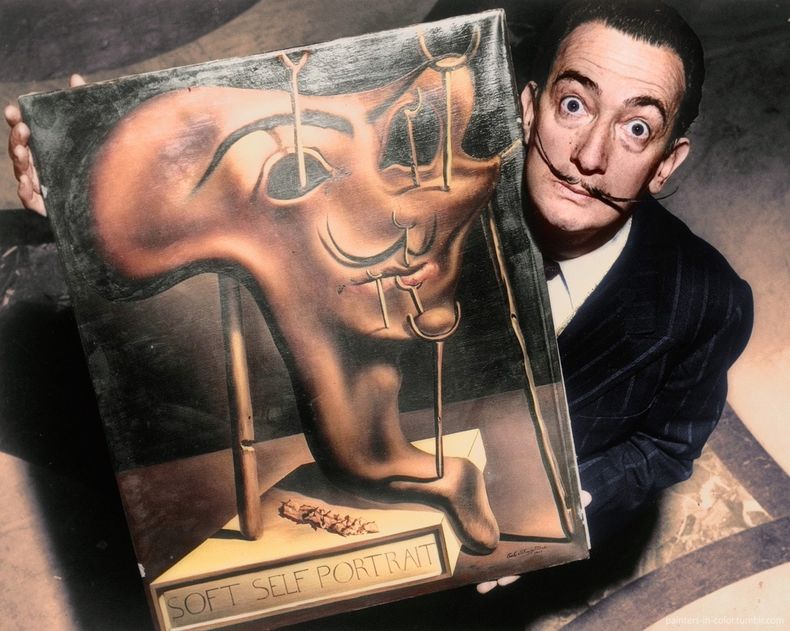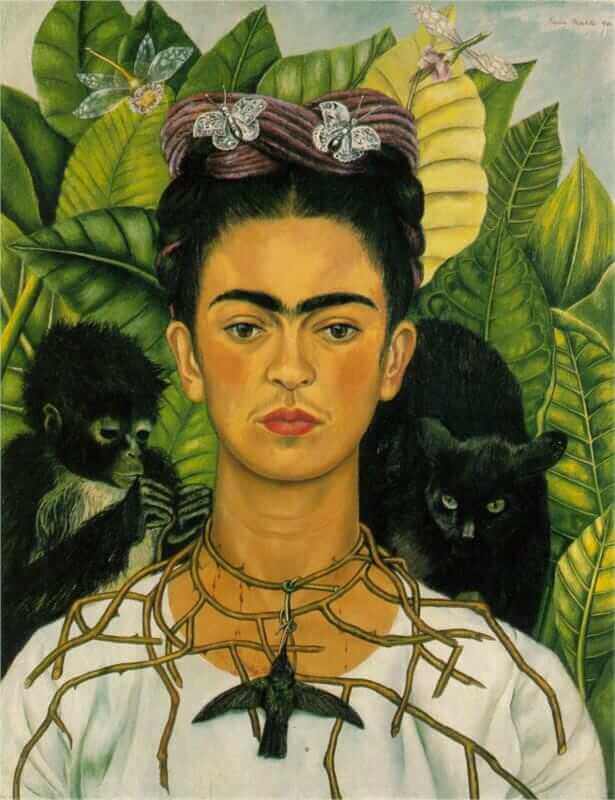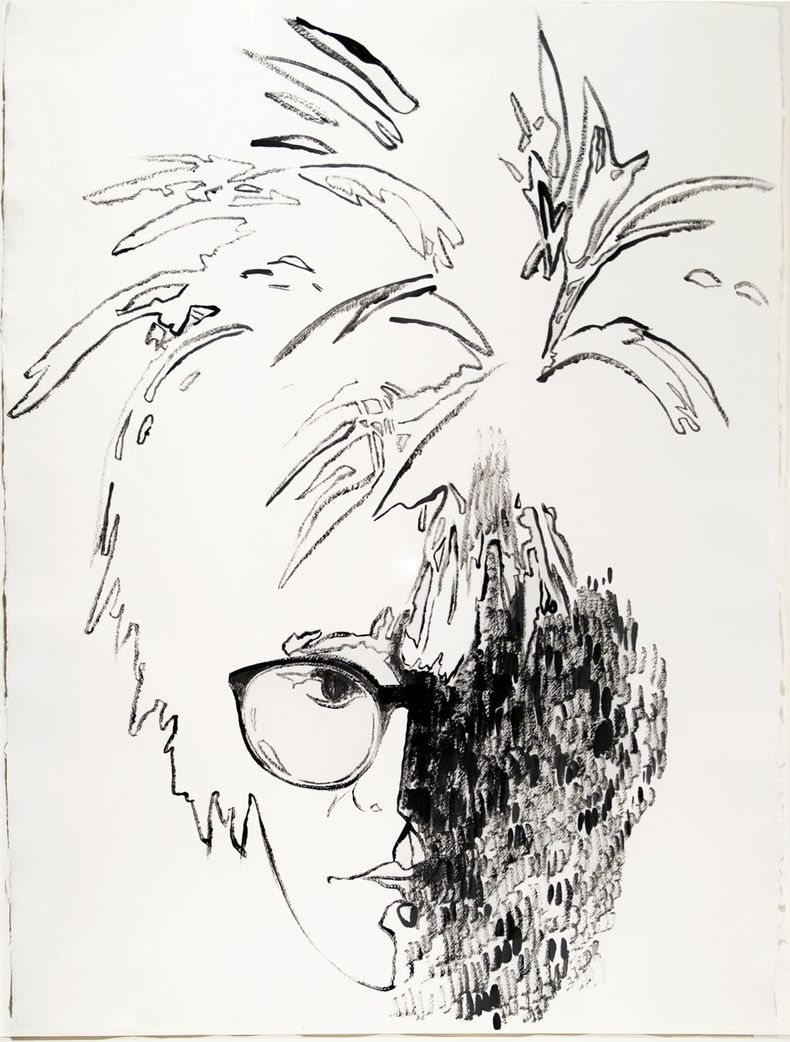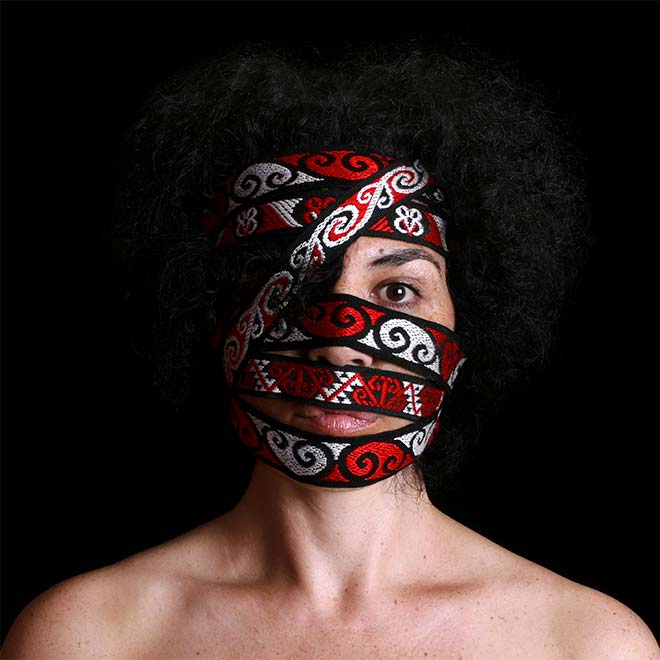In this lesson, you will be introduced to the theme of identity and self-portraiture through the art of photography.
You are going to capture your learning for this project in a blog - a visual and virtual diary.
- The only person you need to share this blog with is your Wa Akoranga teacher and/or your Dean
- All your work will be in your blog (see the blog - Self Portrait Journey by Miss Papali’i as an example of what you will be producing)
This project can be very personal to some people, however, it also doesn’t have to be! The heart behind this project is for you to feel comfortable sharing who you are; even if that is just a little bit.



